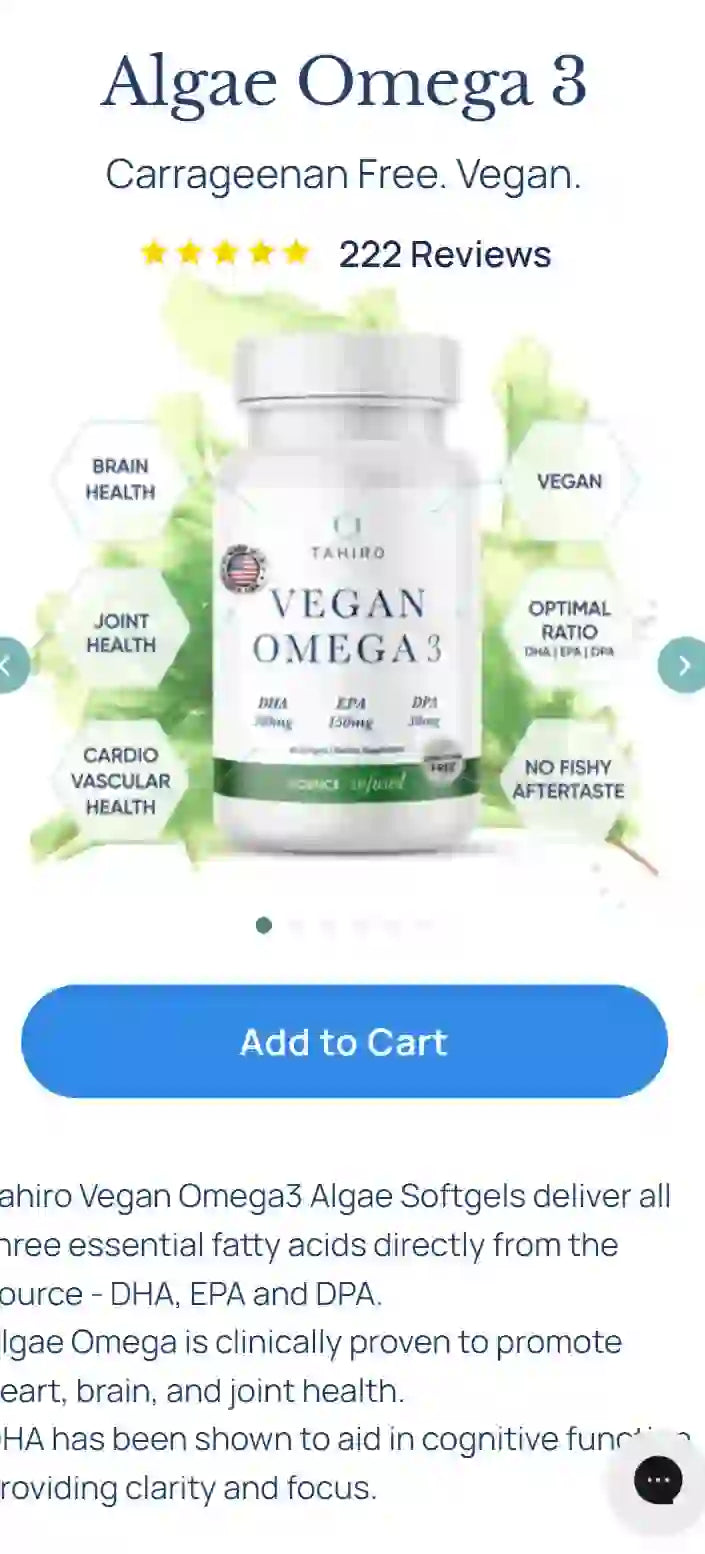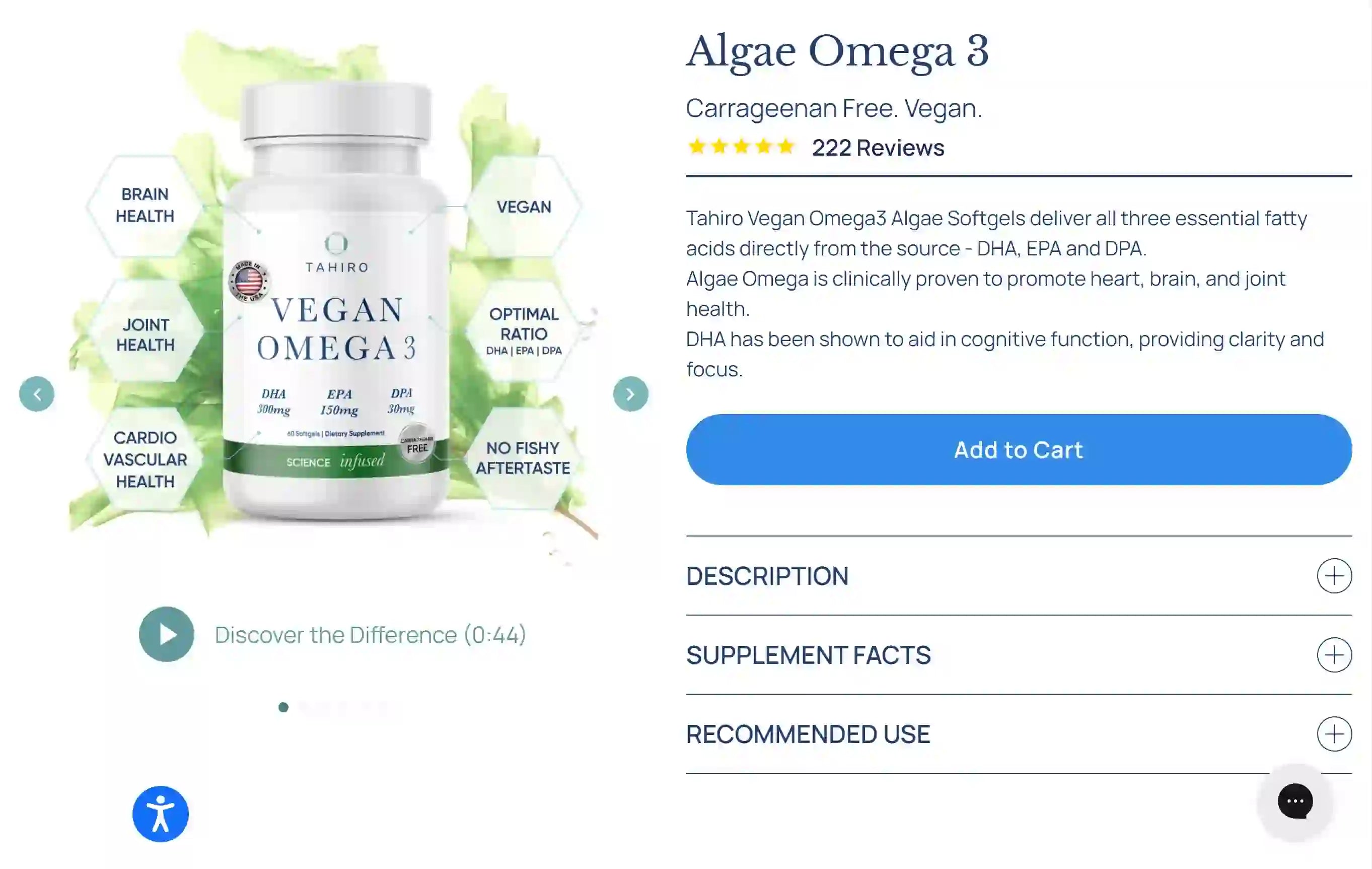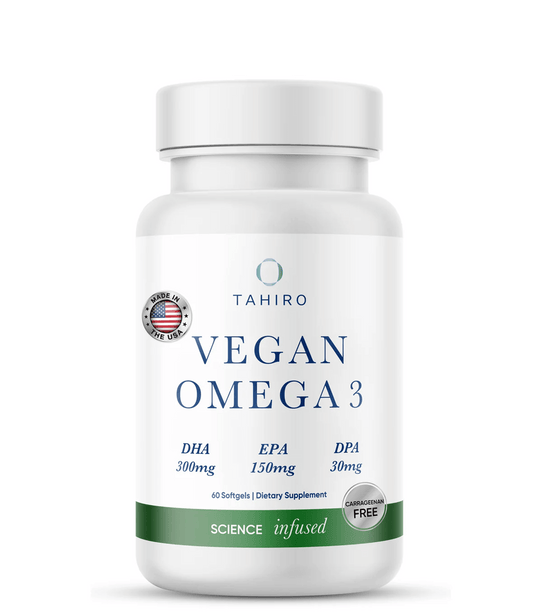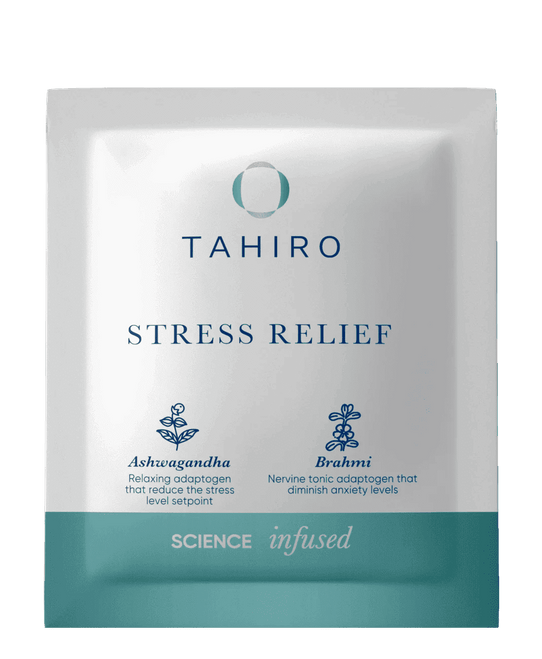Omega-3 fatty acids are essential to the body as they must be obtained through the diet. They play a crucial role in maintaining health by reducing inflammation, improving cognitive function, and supporting heart health.
While many are familiar with fatty fish such as salmon, mackerel, and sardines as sources of omega-3s, there are numerous other dietary options to add variety. Furthermore, for those following a plant-based diet, there are excellent vegan sources available.
In this article, we will explore the top 10 sources of omega-3 fatty acids, including both animal and plant-based options. We will also consider whether one source is superior to the other
What Are Omega-3s?
Omega-3 fatty acids are a group of essential fats that possess several health benefits. Since the body cannot produce them, they must come from their diets. There are three main types of omega-3 fatty acids:
- Alpha-linoleic acid (ALA)
- Eicosapentaenoic acid (EPA)
- Docosahexaenoic acid (DHA)
Their powerful benefits on the mind and body make them a key ingredient to add to your diet. Here are some of the possible health benefits of omega-3.
- Improved mood (1)
- Better eye health (2)
- Reduced inflammation (3)
- Decreased risk of age-related brain diseases (4)
- Improved heart health (5)
10 Omega-3-Rich Foods
Research has shown that there are many reasons why it’s important to include food high in omega-3 fatty acids. Here are the 10 best sources of omega-3 fatty acids.
Fish And Seafood
Mackerel
Mackerel is a small fatty fish with a great omega-3 content. In fact, three ounces of mackerel provides 590 mg of DHA and 430 mg of EPA (6). It is also a good source of vitamin B12 and selenium.
Keep in mind that the EPA and DHA ratio may vary depending on whether it’s farmed or raised. Research shows that farmed-raised fish can have more fats than wild-caught fish, but they mostly come from omega-6, which is pro-inflammatory (7).
Salmon
Salmon is another great fatty fish with a good DHA and EPA content. Three ounces of cooked wild salmon contains 1,220 mg of DHA and 350 mg of EPA (6). However, just like mackerel, the fatty acid content varies in its farming processes.
Herring
Another fish option is herring. This medium-sized fish provides 940 mg of DHA and 770 mg of EPA (6). It’s also a good source of vitamin B12 and selenium.
Oysters
Oysters are a great option if you want something else other than fish. Three ounces of cooked wild oysters offer 140 mg of ALA, 230 mg of DHA, and 300 mg of EPA (6). They are also a great zinc, copper, and vitamin B12 source.
Sea Bass
The last fish option to include omega-3s in your diet is sea bass. Three ounces of cooked sea bass offers 470 mg of DHA and 180 mg of EPA (6). Sea bass is also a good calcium, selenium, and phosphorus source.
Vegetarian And Vegan Sources
Seaweed And Algae
If you are looking for the best source of plant-based omega-3 fatty acids, there is no better option than seaweed or algae.
The omega-3 fatty acid content may vary among each type of seaweed or algae. But they are still a great source of DHA and EPA, which cannot be said for many plant-based options.
Chia Seeds
Chia seeds are a great source of ALA, which can be converted into DHA and EPA. One ounce of chia seeds provides 5,060 mg of ALA (6). However, research shows that the conversion of ALA to EPA and DHA is inefficient in humans (8).
While ALA is an essential fatty acid, it seems that DHA and EPA have the strongest benefits in the body, which is why you want more of them.
Flax Seeds
Another great source of plant-based omega-3 is flax seeds. One of the best sources is flaxseed oil since one tablespoon of flaxseed oil offers 7,260 mg of ALA (6). In addition, it is also high in magnesium and manganese.
Hemp Seeds
Hemp seeds are another excellent source of omega-3s. Three tablespoons has 2,605 mg of ALA. It is also a good protein, iron, zinc, and magnesium source.
Walnuts
Finally, walnuts are the last great plant-based source of omega-3 fatty acids. One cup of walnuts offers approximatly 3,346 mg of ALA. However, keep in mind that the best omega-3 source, we need to talk about algae while they provide essential fatty acids, they are high in calories, so make sure to eat them in moderation.
Are Vegan Sources of Omega-3 As Good As A Fish Source?
In some cases, fish and seafood tend to be better omega-3 sources than certain plant-based sources due to their DHA and EPA content. Plant-based sources primarily provide ALA, which converts less efficiently into DHA and EPA
However, if you want to choose the best omega-3 source, you should consider algae, more specifically algal oil.
Algal oil is a type of oil that comes from algae. What makes algal oil a great option is its high DHA and EPA content, making it a unique plant-based source. In fact, in a study (9), they found that algal oil is similar to salmon oil, with unique differences such as coming from more sustainable sources.









